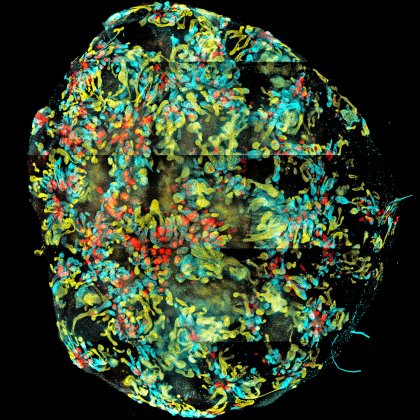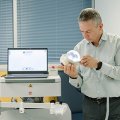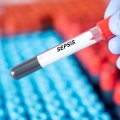
Australian researchers have perfected a method of growing mini-kidneys from stem cells for use in drug screening, disease modelling and cell therapy.
Professor Melissa Little and her team from Murdoch Childrens Research Institute (MCRI) and The University of Queensland first grew a mini-kidney in a dish in 2013.
Three-dimensional biology company Organovo has signed an exclusive worldwide licensing agreement with UQ’s commericalisation arm Uniquest regarding the research.
“The first mini-kidney we grew only contained two key cell types,” Professor Little said.
“But the team have now grown an organ that forms all the cell types normally present in the human kidney.”
By adding different concentrations of growth factors at various times, researchers were able to guide the formation of the mini-organ in a process that mimics normal development.
The mini-kidney the team produced is similar to the kidney of a developing human foetus.
Professor Little, who moved from UQ’s Institute for Molecular Bioscience (IMB) to MCRI this year, said the breakthrough could allow the use of mini-organs to screen drugs to treat kidney disease or find out if a new drug is likely to injure the kidney.
“The mini-kidney we have been able to grow this time is very complex and more like the real organ,” Professor Little said.
“This is important for drug testing as we hope these mini-kidneys will respond to the drugs as a normal organ might.
“Creating a model kidney containing many different kidney cell types also opens the door for cell therapy and even bioengineering of replacement kidneys.
“One day this may mean new treatments for patients with kidney failure.”
The new method allows researchers to make a miniature model kidney from any person, starting with cells such as skin or blood.
“Making stem cells from patients with kidney disease, and then growing a mini-kidney that matches the patient, will help us understand that patient’s disease and develop treatments for them,” Professor Little said.
The finding will also allow researchers to learn more about how the human kidney forms normally.
The study, which was published today (7 October) in Nature, was conducted in conjunction with researchers from the Netherlands and supported by the National Health and Medical Research Council, the Australian Research Council, Organovo Inc, and the Rosamond Siemon Postgraduate Scholarship.
Further UQ involvement included Professor Rob Parton from IMB and stem cell researcher Professor Ernst Wolvetang from the Australian Institute for Bioengineering and Nanotechnology.
Media: Simone Edgley, MCRI, +61 (03) 8341 6433, +61 (0) 407 852 335; Professor Melissa Little, 0427 770 386; Bronwyn Adams, IMB Communications, b.adams@uq.edu.au +61 (07) 3346 2134, +61 (0) 418 575 247.









